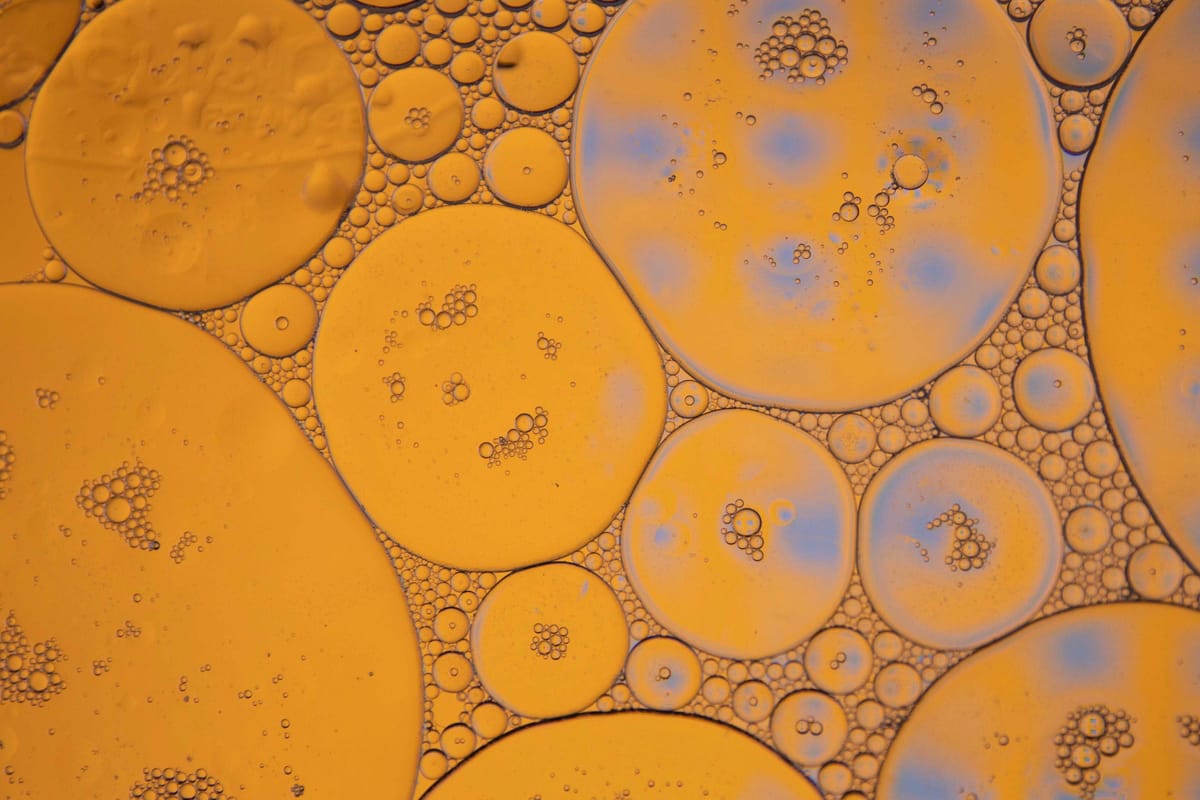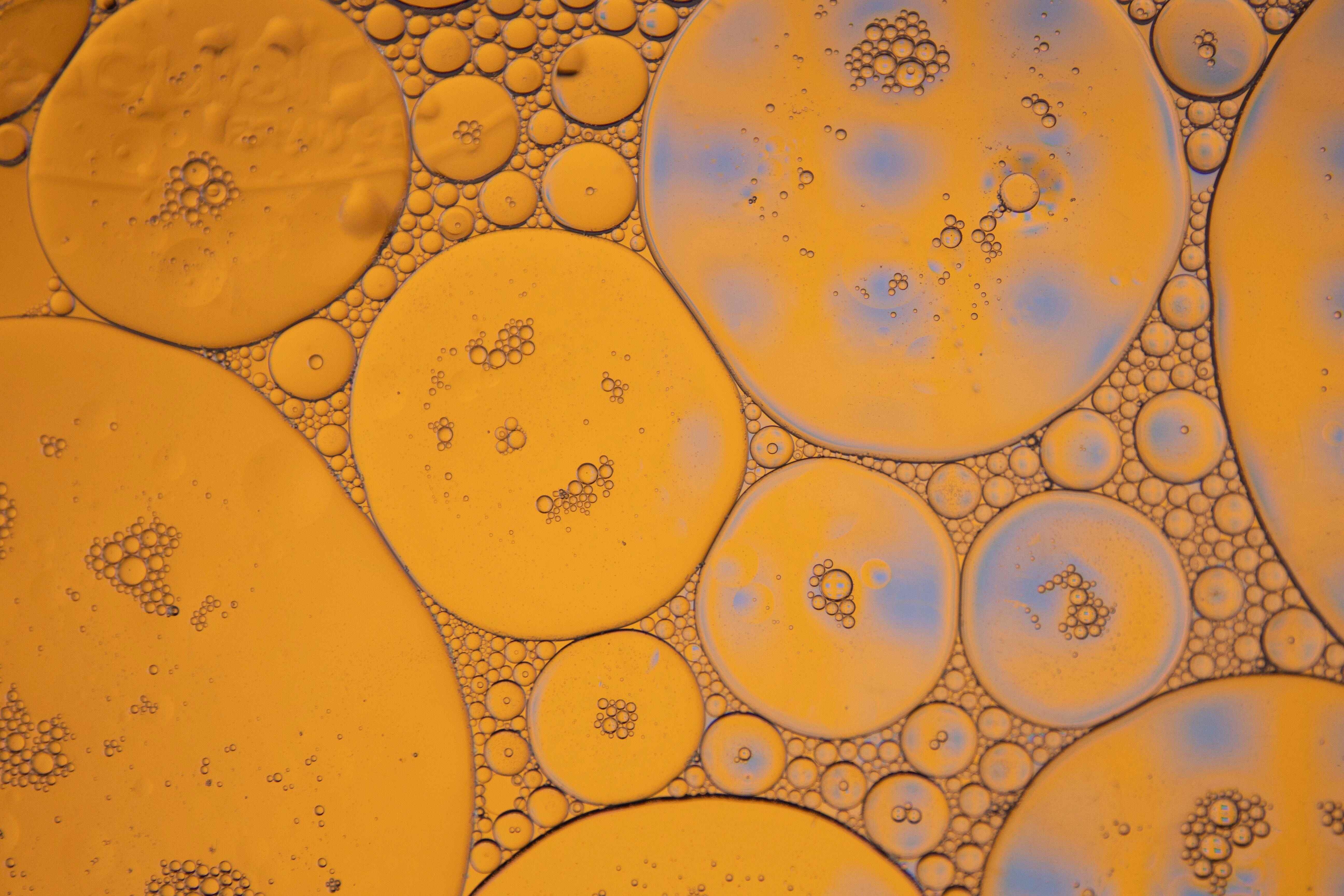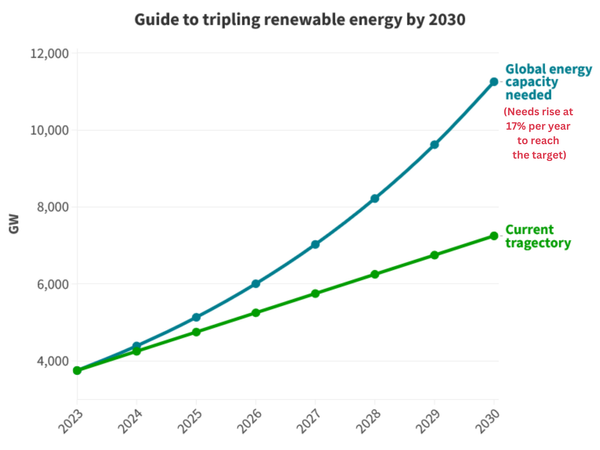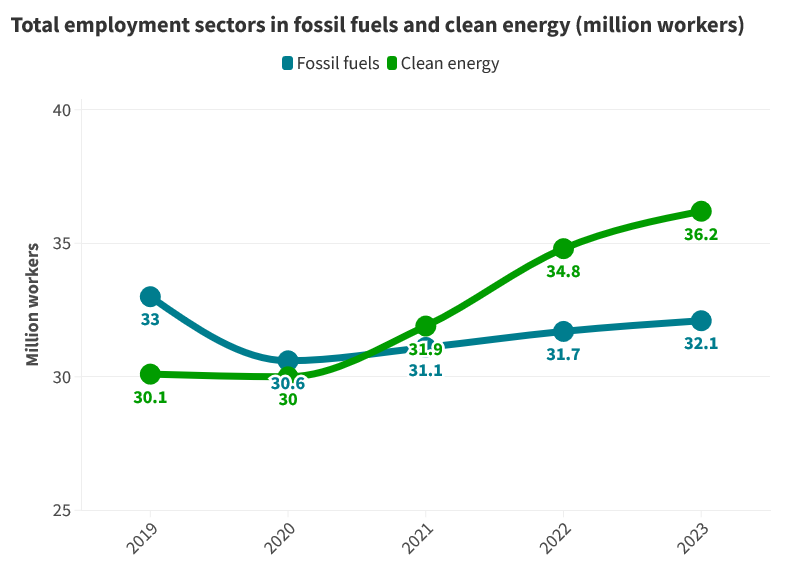Revolutionary biodegradable polymer: PGA benefits revealed
Polyglutamic acid (PGA) is a naturally occurring polymer that is extensively being used in the food and medical field due to its exceptional benefits to humans and the environment.

Polyglutamic acid (PGA) is a naturally occurring polymer that is extensively being used in the food and medical field due to its exceptional benefits to humans and the environment.

"It’s water soluble, it’s anionic, it’s biodegradable, it’s nontoxic, it’s edible,"- Flora Kim, M.D., a board-certified dermatologist in Dallas.
PGA is produced from the fermentation of Bacillus subtilis (B.subtilis) bacteria. It is made from the strands of glutamic acid, usually extracted from the thick gluey liquid produced naturally by fermented food, such as soya bean, maize, millet, etc.
Polyglutamic acid in businesses
As a biodegradable polymer with negligible environmental damage, PGA is a popular choice in biomedical and pharmacology, such as healing any kind of wounds and burns. It’s magnificent hygroscopic property makes PGA capable of attracting and holding water molecules through absorption or adsorption.
The acid is also a popular ingredient in anti-aging cosmetics, as wrinkling of the skin is directly related to dehydration. Various products like serums, face creams, eye drops, skin moisture use PGA due to its high-quality hydration property.
Recently, this polymer is being used in the medical field for drug delivery systems, which helps in reducing toxicity and may even help in decreasing the tumor size. In addition, PGA is believed to act as a catalyst during any antibacterial activity. This hydrating agent is also used in salivary secretion medicine, which moisturizes the mouth and helps in solving periodontal diseases. In another research, the scientists have claimed that PGA could be well suited during any medical operations as a biological glue for preventing leakage.
PGA is also widely used in wastewater treatment. Due to its non-toxic and biodegradable properties, it offers an eco-friendly alternative for wastewater treatment. Various research has shown that the PGA is more effective than the chemicals used in wastewater treatments for improving the sedimentation and filtration of small particles.
There seems to be one problem though— although PGA could be an excellent ingredient in many applications, wider commercial adoption has been hindered by PGA’s expensive fermentation and purification processes. To meet this challenge, Ecovia Renewables, the spin-off company of the University of Michigan, claimed that they have patented the cost-effective way to produce PGA.
Environmental impact of Polyglutamic Acid
Although the greenhouse gas emissions from PGA production are not well researched, its biodegradable nature makes it an eco-friendly ingredient.
However, various processes or materials that are needed to produce PGA could be energy-intensive and harmful to the environment. Many methods have been explored already to synthesize PGA, such as chemical synthesis, peptide synthesis, bio-transformation, and microbial fermentation. Among them, microbial fermentation is the most used procedure and is also considered to be the most environmentally-friendly one. Using chemical synthesis, the use of various solvents or hydrolyzing reagents during the process results in environmental degradation through unwanted gas emissions.
Once PGA is synthesized in an eco-friendly manner, its non-toxic nature also influences various medicines and moisturizers to have no ill effects on the environment through their use. Interestingly, the use of PGA in landfills has also shown an improvement in the agriculture sector without any harm to the environment. Using PGA to treat agricultural land helps in leaching nitrogen dioxide and carbon dioxide from the soil, which increases microbial activities. Increasing microbial activities of the soil help in fertilizing the land and producing good quality crops.
Is there an alternative?
If this chemical is so good, why look for an alternative? But of course, we should still look for an alternative so that we are not hammering earth for one chemical. Also, the properties that PGA offers may not be entirely applicable for every application. As a chemistry lover, I love to believe ‘No two chemicals are the same’. Having said that, some chemicals do share some part of the properties.
Like PGA, hyaluronic acid (HA) is also capable of retaining moisture. PGA is synthesized from fermentation, whereas HA is produced in our body to retain water and keep tissues lubricated. HA is a group of sugar molecules. The function of both PGA and HA is similar, which comes down to hydration. The property of attracting moisture makes PGA a hydration agent, which is capable of holding 5 times more water than HA.
HA is extracted from animal tissues, typically rooster combs, and is being used in the medical field and additionally has been an ingredient of many moisturizers and skin care products. It is also being widely used for many medical purposes, such as wound healing, anti-aging ingredient, and treating periodontal diseases. However, research regarding the use of HA to fertilize agricultural fields and wastewater treatment has not been carried out yet.



